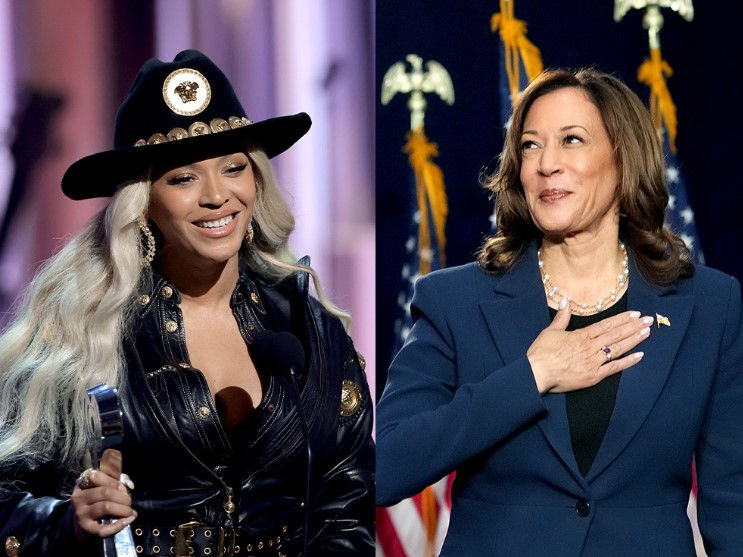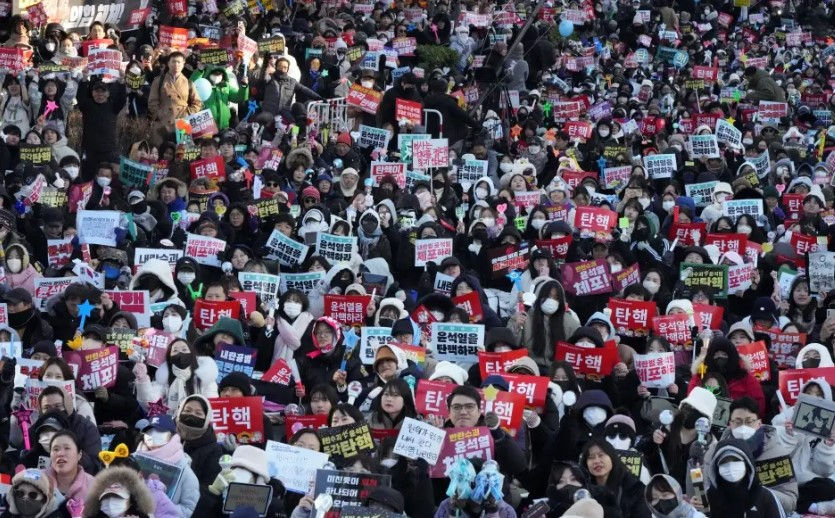How Political Campaigns Send Messages through Music
- Wonjeong Hong
- Dec 28, 2024
- 4 min read
Article Summary
The article focuses on the political influences of music, especially about the election campaigns. It explains how music can connect a group and contain broader meaning, such as the candidate's agenda, beliefs, or traits. One of the classic examples was "Signed, Sealed, Delivered(I'm Yours)" by Stevie Wonders from Barack Obama's 2008 campaign. Back in the day when Barack Obama was a new face on the political scene, this song let people grasp what person Obama was and effectively helped establish his own identity. The groovy R&B 1970s Motown hit song not only explained the relationship between Obama and the electorate's relationship by the lyrics in the chorus but also energized and hyped up the overall mood of the campaign with the song's melody and rhythm.
Furthermore, the song's use of the modern civil rights era made Obama's primary target audience more apparent. Another historical example of music usage in a political campaign is "I Like Ike" from Dwight Eisenhowser's 1952 campaign. The song was originally from a popular Broadway musical, "Call Me Madam," and was called "They Like Ike." Some lyrics were altered in the new version of the song. A change in the trend of campaign music was observed; politicians started to prefer using popular songs that already existed over making original songs or parody versions of the old songs.
The music tradition in the political campaign continued in the 2024 presidential election. Kamala Harris showed an interesting use of music using Beyoncé’s “Freedom.” “Freedom” not only added an energetic and powerful mood to Harris’s campaign, but it also conveyed various messages and represented the Harris campaign’s identity. First, the song created a bond between Harris and vulnerable communities. Choosing the song where the strong and well-known black woman sings about African Americans' freedom was an attempt to connect with the minorities in society. In addition, choosing Beyoncé’s song was also a movement to appeal to the younger generations, such as millennials, unlike Joe Biden, who was often doubted as a qualified candidate due to his old age. Obama used this idea of connecting with the youth voters through music by using hip-hop songs from Jay-Z, which neither of the parties had tried before. Meanwhile, Trump was also about to use the popular song for his campaign, but he was too often threatened with legal action. However, some interesting facts are that hip-hop artists like Kanye West, Sexxy Red, and Azealia Banks endorse Trump. Although several hip-hop artists and fans endorse the democratic party, it is interesting how hip-hop, the cultural center of American pop music, is popping up in the conservative spaces.
The technology brought some new developments in the use of music in political campaigns. Due to the development of social media such as Instagram and TikTok, people are more widely connecting with people with the same political beliefs using music. They are creating more fan-based content and videos, which is getting lots of attention worldwide. For example, the music videos of Kamala Harris laughing, dancing, and giving speeches with the music in the background have gone viral and earned millions of views. As time passes and technology develops, the political use of music will also evolve and reflect the new culture of society.
Reflection
Music is undeniably one of the significant cultural aspects of human society and life. It serves various roles, from emotionally comforting people to spicing up parties. The article explores how music plays a vital role in political campaigns, helping candidates connect with voters and communicate their values. From Barack Obama's use of Stevie Wonder's "Signed, Sealed, Delivered (I'm Yours)" to Kamala Harris’s strategic selection of Beyoncé’s "Freedom," music is shown to help shape candidates' identities and energize their supporters. It creates a sense of community by aligning political messages with cultural movements, such as civil rights or empowerment, making it a powerful tool for emotional and social connection.
A significant trend in recent campaigns is the shift from creating original songs to using existing popular music. Obama’s use of Motown and Harris’s choice of Beyoncé reflect how music can resonate with specific demographics, such as older civil rights voters or younger, millennial audiences. This approach allows candidates to tap into pre-existing cultural energy, making their campaigns feel more authentic and connected to the larger cultural landscape.
However, the use of music in campaigns isn’t without complications, especially regarding copyright issues and political ownership of culture. Trump’s struggles with music licensing and his surprising endorsements from hip-hop artists like Kanye West highlight the evolving and sometimes contradictory relationship between music and politics. Hip-hop’s crossover into conservative spaces challenges the traditional divide between music genres and political affiliations, showing how music continues to shape, and be shaped by political identity. At the same time, the unexpected victory of Trump in the 2024 election shows that music plays an additional important role in the campaign, but it is not everything.
The rise of social media has further transformed how music is used in political campaigns. Platforms like TikTok and Instagram allow fans and supporters to create and share content, making music a participatory tool in political discourse. The viral success of fan-made videos, like those featuring Kamala Harris, shows how music and technology have democratized political engagement, giving rise to new ways for candidates to connect with voters and amplify their message. As technology evolves, music will continue to be a key tool in shaping future political campaigns.




Comments